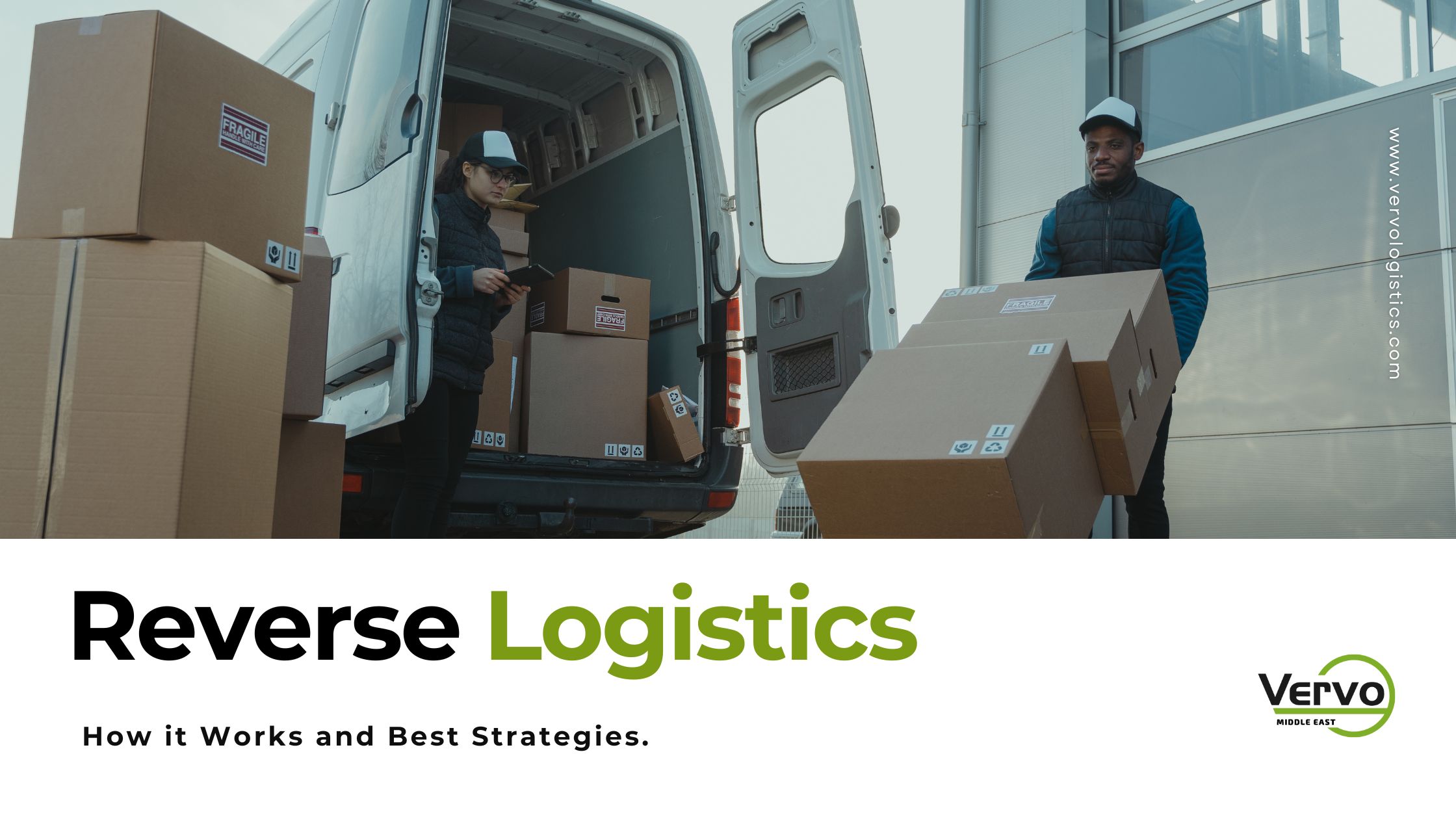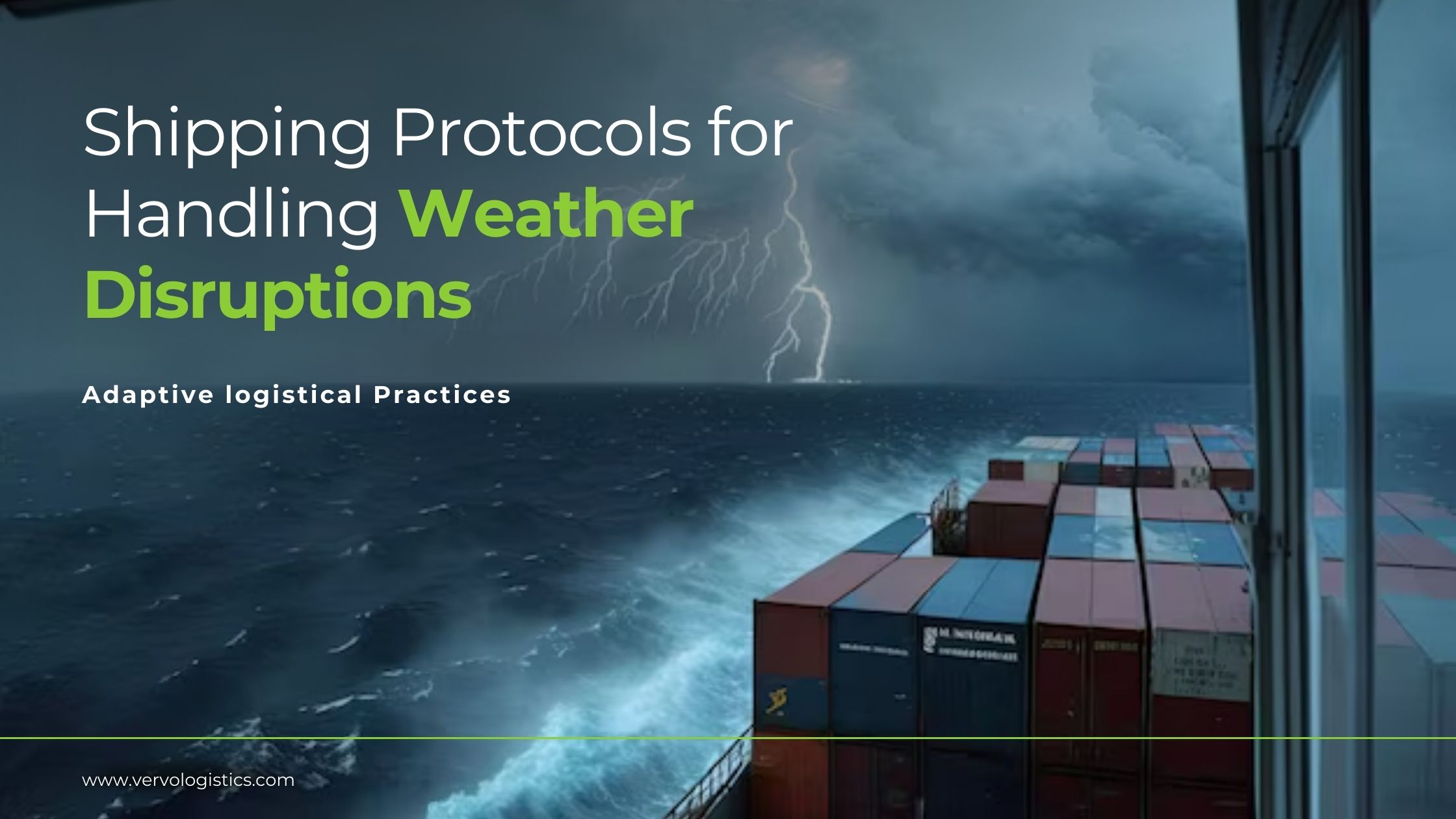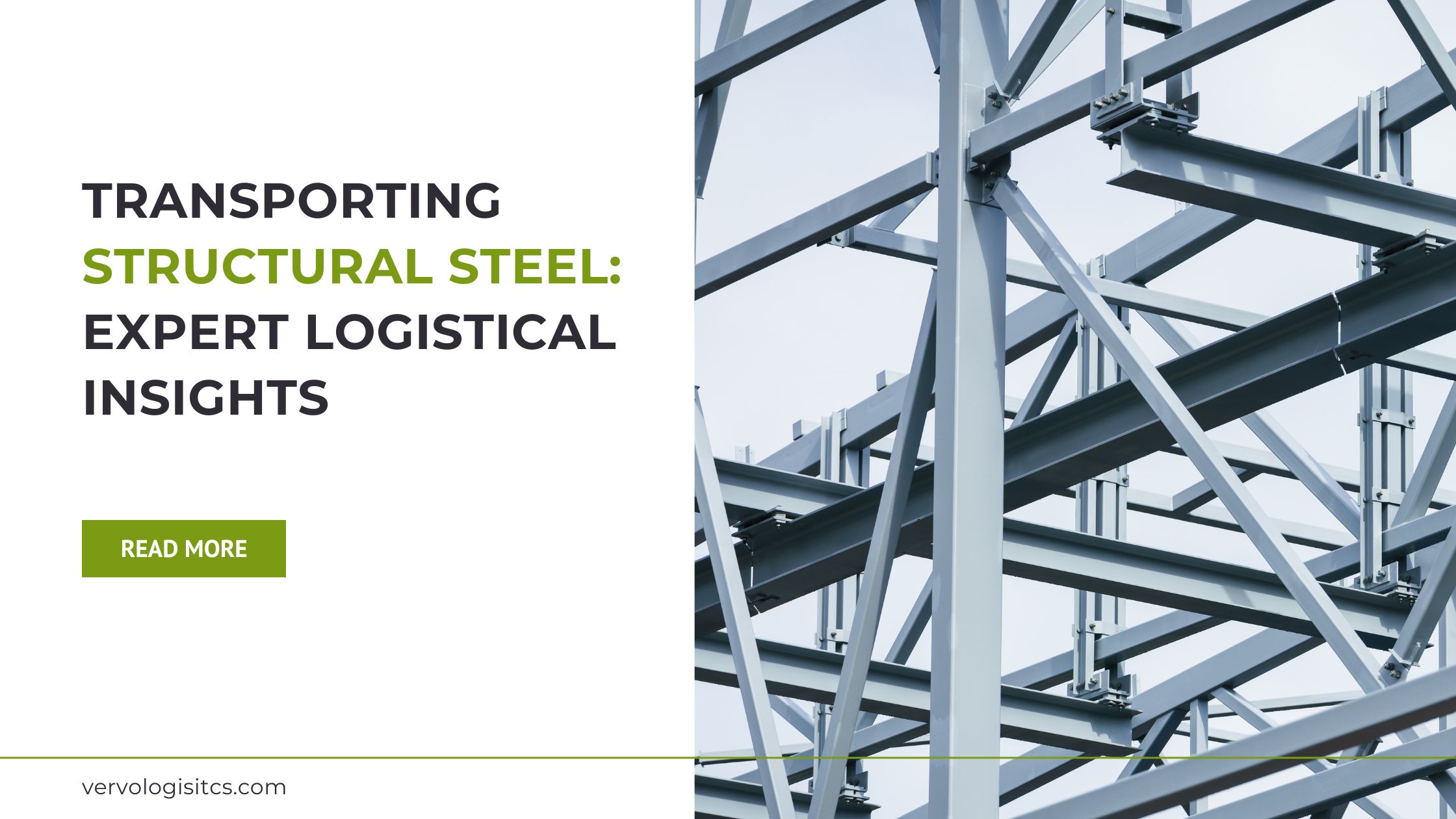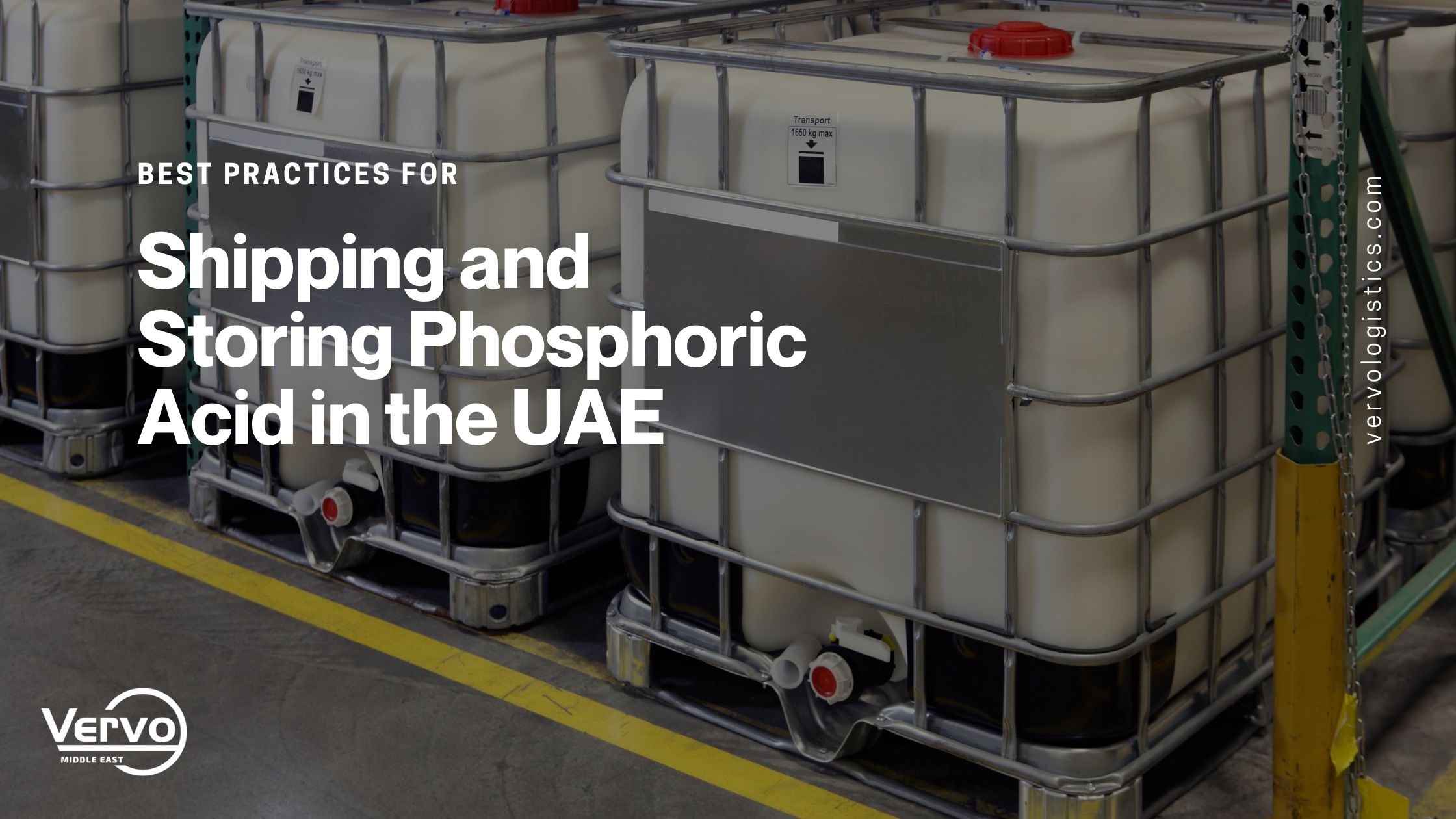As a warehousing provider, our role in reverse logistics is to manage the flow of returned goods from end consumers back to distributors, manufacturers, or into appropriate disposal channels. Here is how reverse logistics work and best strategies to maximize value recovery and minimize waste. ⬇️
Reverse Logistics: How It Works
Initiation - The reverse logistics process starts with the initiation of a product return vis pickups or drop-offs. This can happen for various reasons - damaged goods, recalls, commercial returns, warranty returns, etc.
Collection and Transport - The used/unwanted product is collected from the end consumer or retailer and transported back through the supply chain. This requires specialized routing, tracking and handling.
Inspection and Sorting - Once received at a returns center, each item is inspected and sorted based on condition, reusability, etc.
Disposition - Based on the inspection, items may be set aside for refurbishment, remanufacturing, recycling, reuse, resale or disposal.
Refurbishment and Remanufacturing - For items in good condition, value is recovered by refurbishing (minor repairs) or remanufacturing (major disassembly and replacement of components).
Redistribution - Refurbished/remanufactured items are brought back to as-new condition and can be resold at discounted rates. Recycled materials re-enter the supply chain.
Data Collection - Reverse logistics generates useful data on reasons for returns, quality issues, part failures, etc. Analysis of this data helps identify improvements.
Waste Disposal - Items not suitable for reuse, resale or recycling are disposed of responsibly, in compliance with regulations.
The whole idea of reverse logistics revolves around maximizing value recovery from product returns while ensuring efficient handling, compliance, and sustainability. The goal is to reduce costs and environmental impacts.
Strategy #1 — Simplify the Return Process.
Returns do not need to be a costly headache for your business. With the right logistics partner and procedures in place, the returns process can be an opportunity to enhance customer satisfaction.
Clear communication is the cornerstone of a hassle-free return process. Customers appreciate straightforward instructions that are easy to understand and follow. Make sure the return policies are prominently displayed on your website and include detailed steps on how and when to return items, besides the eligibility criteria and processing time.
Also, develop a seamless online returns process that allows customers to initiate returns with just a few clicks. With the right logistics partner, you can enable your customers to track the status of their return in real time.
The physical aspect of returning a product can often be a deterrent to making a purchase. Partnering with local couriers with strategic return centers speeds up the return process while reducing logistical costs. Businesses usually offer flexible return options (e.g. courier pickup, local drop-off points, or return hubs) along with pre-paid return shipping labels and Easy-to-Use Packaging to remove barriers for customers.
Strategy #2 — Optimize Restocking and Disposal Decisions.
As a warehousing provider handling reverse logistics for different business niches, implementing an efficient returned goods classification system is crucial for us to maximize value recovery for our clients, especially for high return volumes. Our first step in managing returns effectively is to set up precise and standardized assessment protocols and Multi-Channel Disposition Strategy. These protocols help us quickly determine the most suitable course of action for each returned item— Once sorted, the returned items are directed towards various channels: Refurbish and Resell, Direct Resale, Recycling, or Disposal
How do we approach this?
We have dedicated warehouse space and specially trained personnel to swiftly inspect, and process returned items as soon as they arrive at our facility. Our evaluation team follows clear, client-approved criteria and processes to categorize returns for resale, refurbishment, recycling, or disposal. We use predefined checklists and decision trees to ensure consistent and rapid triaging to categorize returns. We leverage warehousing management technology with a priority grading system to minimize holding time and storage costs.
We collect and analyze warehousing data on all returned items to Enhance Quality Control, Improve Packaging Methods if needed, and Refine Inventory Management. Such insights are communicated directly to the client. We maintain open lines of communication with our clients, ensuring that information flows seamlessly from the warehousing floor to client management teams. This collaborative approach helps us tailor our services to better meet client needs and adapt quickly to market changes.
As a warehousing provider, our goal is to make the optimal restocking and disposal decision rapidly for each returned item. This minimizes waste, unsellable inventory buildup, and handling costs while providing actionable insights and maximizing value recovery for our clients' reverse supply chains.
Strategy #3 — Integrate Customs Brokerage Services.
In reverse logistics, goods returned from customers and destined for overseas markets must be reclassified and revalued, which often differs from their original shipment. This requires expertise in tariff classification, customs value assessment, and documentation specifics pertaining to returned goods to smooth out clearance differences between territories.
As 3PL partner who manages complex cross-border reverse logistics, we offer expert customs brokerage services through our licensed brokers. Our close and strategic partnerships with customs in each territory streamlines returned cargo clearance. Here's how we leverage our customs brokers expertise:
✅ Our customs brokers accurately reclassify, and value returned goods, ensuring compliance with customs regulations and documentation requirements, while determining the correct duties and taxes, if applicable. No customs delays or penalties.
✅ The paperwork for returned goods often differs from that for outbound logistics. We must ensure that all documents, such as return declarations and re-importation papers, are correctly completed, and submitted, thus avoiding delays and penalties, whether in the UAE, region-wide, or globally.
✅ Also, we help fast-track the clearance of returned goods. This is vital to reducing the dwell time of goods in customs, thereby minimizing storage and demurrage charges.
✅ Specialized customs brokerage services provide insights on optimizing customs bonds and leveraging available programs like inward/outward processing relief that can benefit our reverse logistics operations.
✅ In reverse logistics, discrepancies often arise due to the nature of returns. As customs brokers, we are adept at negotiating and resolving these issues, smoothing out the process. We rely on our brokers' up-to-date knowledge on any changes in customs regulations, paperwork, or system requirements impacting reverse logistics.
✅ An added value service we offer to enhance the process is real-time data sharing and communication to keep all parties informed throughout the cargo return.
Integrating customs brokerage solution into the reverse logistics planning phase can prevent many potential issues while offering strategic advisory role. This early involvement ensures that all aspects of the return process are compliant and optimized for speed and cost for the reverse logistics cycles across borders.
Strategy #4 — Customs Bonded Warehouses and Centralized Returns Centers
As a 3PL company managing reverse logistics for our clients, we might utilize customs bonded warehouses as centralized returns centers for international returns. Customs-bonded warehouses are secure facilities where goods that are imported can be stored without immediate payment of customs duties or taxes until the goods are re-exported or officially entered into the local market.
Customs-bonded warehouses are most effective when handling high-value international returns where potential duties and taxes on re-imports are substantial, or when the final destination of the returned goods is undecided, yet they must be re-sold overseas. They are also ideal when frequent re-exporting is a norm, as in the case of multinational clients who have fluctuating supply needs across borders.
• Used for short-term storage to minimize clearance delays. We can efficiently inspect, and process returns without waiting for customs approvals.
• Located in strategic free trade zones near key ports or inland entry points. This allows us to delay duty payments until returned items are re-exported.
• Most useful for cross-border e-commerce or high-value B2B returns with complex customs procedures.
• Allows duty deferment; good when exact duty liability is not yet determined.
• Enables inspection and simple processing like repackaging before re-export.
• Suited for managing fluctuations in return volumes at borders.
Centralized returns centers, on their own, are facilities specifically designed to handle the inspection, processing, and storage of returned goods from various channels. They serve as the hub for all reverse logistics activities, ensuring that returns are managed smoothly.
• For consolidated inspection, diagnostics, refurbishing, and storage
• Best for higher volumes of domestic returns and product repairs/remanufacturing
• Allows bulk processing of returns from multiple locations
• Specialized equipment and skilled labor improve diagnostics and refurbishment
• Repaired/refurbished goods can be resold under warranty
• Suited when returns volumes are stable and there is scale in operations
They are more beneficial for domestic returns or when returns’ volume is high and from diverse geographical locations. They are ideal for businesses looking to improve turnaround times and reduce costs associated with scattered return processes. Combining them allows us to route returned goods faster to a central facility near destination when only needed rather than having to return to numerous origins.
Reverse Logistics Services with Vervo Middle East
Leveraging our extensive transportation network and facilities across the GCC and worldwide, at Vervo Middle East, we can customize a returns program to meet your business needs. Our team stays up-to-date on regulations and import/export protocols across the region to ensure compliance. With experience in streamlining returns for major e-commerce and retail players in the Middle East, we have the expertise to make your returns process efficient, compliant, and customer friendly. Contact us today via




